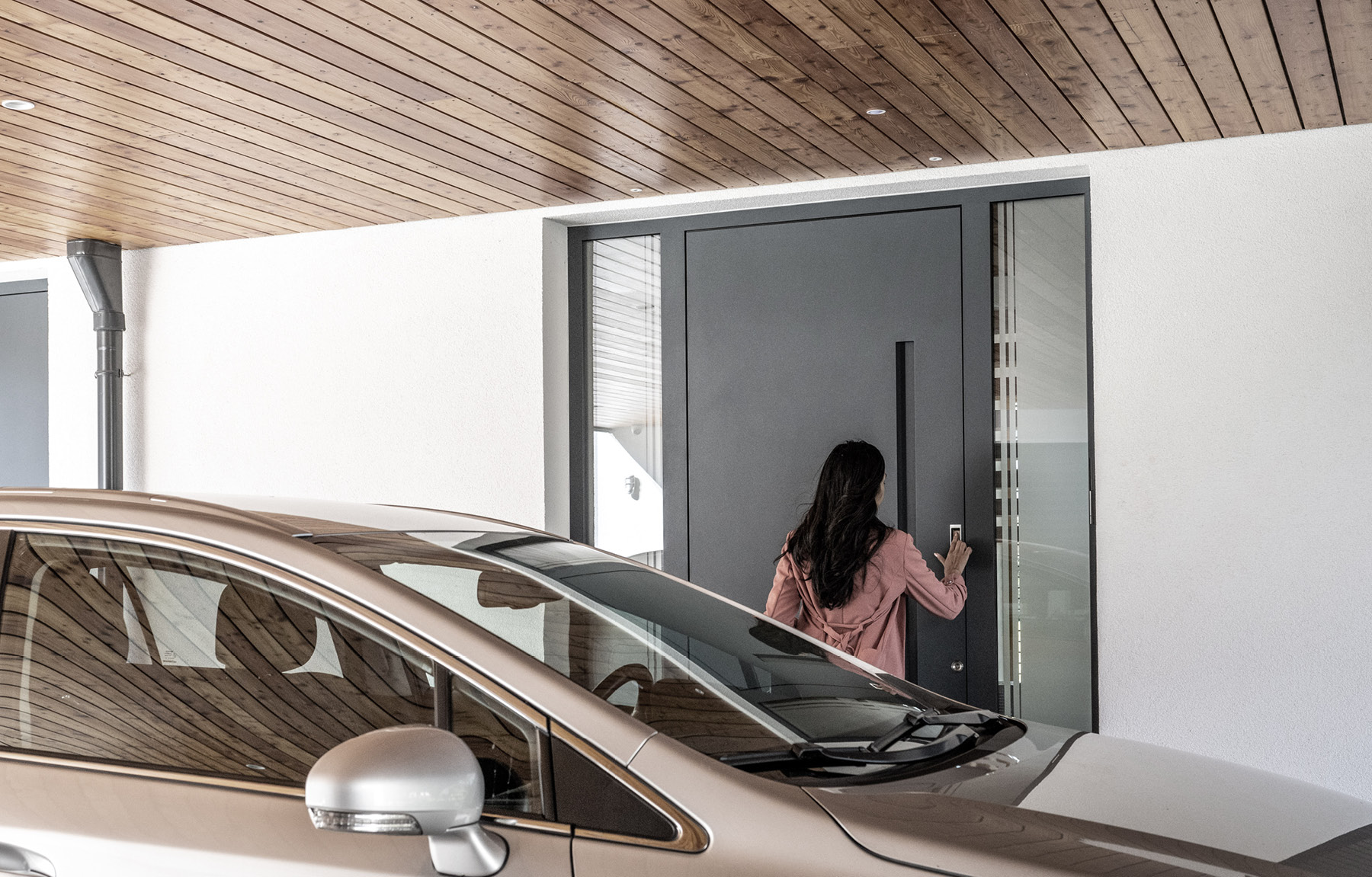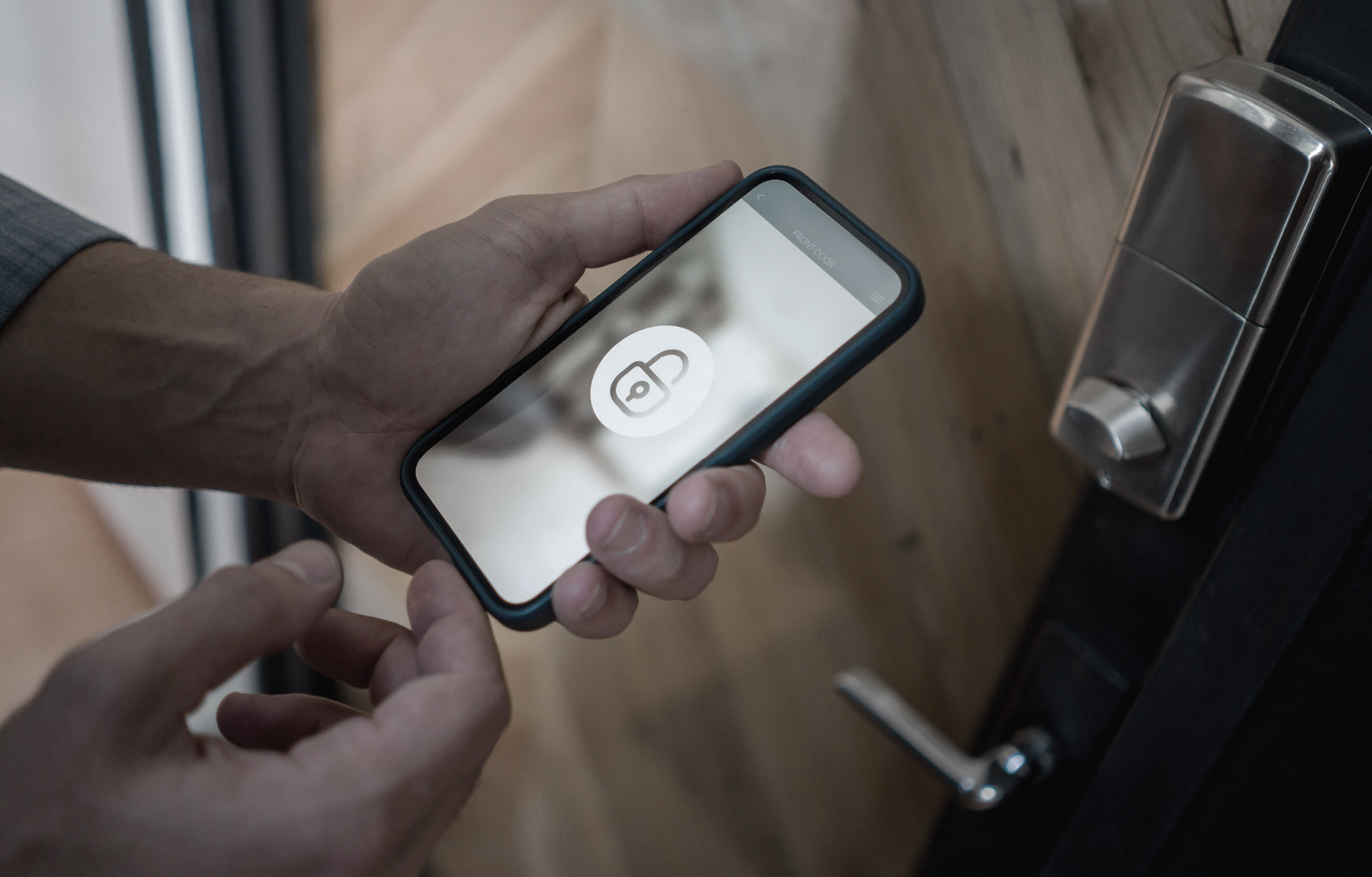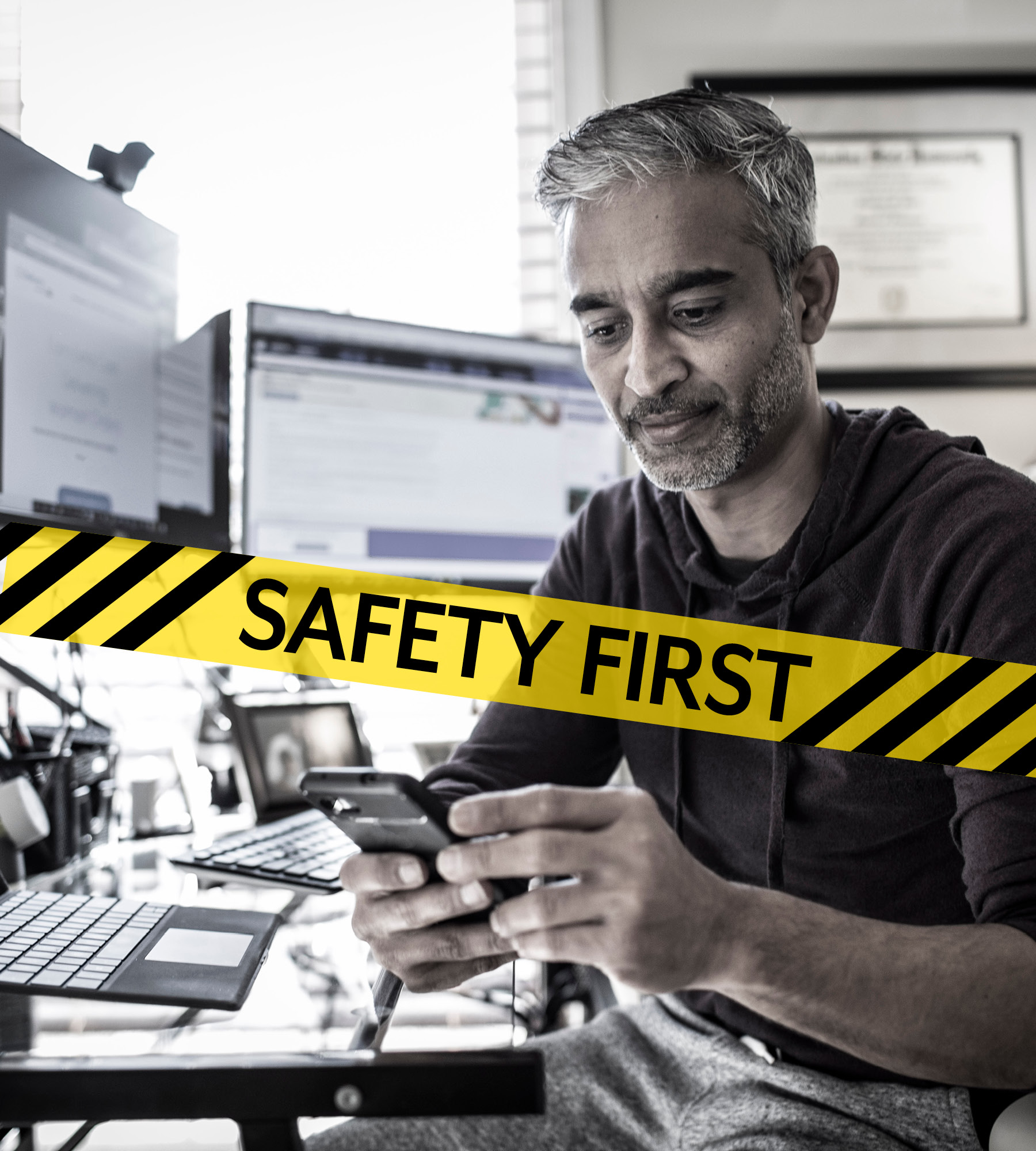Research shows that buyers are keener than ever on safety and security features when it comes to their home or office. From heavy-duty doors, fire protection and secure car parking to locks, CCTV and intercom systems, this is where buyers want investment to safeguard their purchase and achieve priceless peace of mind.
A few decades back, security in Indian apartments and offices meant a security guard with a register who would note the names of visitors. The guard would also double-up as a parking attendant. Surveillance cameras were used more as a matter of routine than for actual vigil. In fact, high-level security was seen as a luxury reserved for the ultra-rich.
However, the scene has changed with the new generation of buyers, according to Kruthivas Panneerselvam of Pushkar Properties, Chennai.

“Today’s buyers are not just looking for a roof; their expectations have gone far beyond when it comes to safety and security features.”
- Kruthivas Panneerselvam
“The average Indian home buyer has evolved with time. Today’s buyers are not just looking for a roof; their expectations have gone far beyond that when it comes to safety and security features. Gone are the days when home buyers were looking for just safety grills for their main doors or balconies,” he says.
So, what has changed?
In 2016, the Indian Government approved The Real Estate (Regulation and Development) Act 2016, which aimed at promoting the real estate sector while protecting the interests and rights of buyers. This established a series of steps that regulated the real estate industry and boosted the confidence of buyers to invest in new homes, especially those that were developed by reputable builders.
This triggered interest among a new generation of buyers.
The COVID-19 Pandemic
The sudden shift to working from home was something new for India – a country that, until then, hadn’t believed in working from home. Many people moved back to their hometowns where space wasn’t as constricted as in cities. The issue of space became especially relevant since the COVID-19 pandemic’s lockdowns cooped up entire families, mostly within a space of three-to-four rooms.
These rooms doubled up as living areas, work-from-home spaces for adults and online schools for children. The joint family system is the norm in most Indian households, which meant that multiple generations were having to spend much more time together than usual in the same living space. This forced a rethink of accommodation arrangements.
As the lockdowns eased, there was a drastic increase in demand for larger homes – for example, with a study, a balcony and in gated communities, with safety being the new motto. As people started upgrading their living spaces, they also realized that feeling safe is key to feeling comfortable.

“Homes are close to the heart of the buyer, which is why safety is vital.”
- Kruthivas Panneerselvam
‘Contactless’ became the trending word of 2021, and plenty of innovation went into making security contactless in residential buildings as well as commercial complexes. By 2022, hotels in Tier-2 cities like Madurai were flaunting their no-touch doors, automatic basins and QR-coded restaurant menus.
On the business side, companies were hesitant to call staff back to the office. This led to an increase in demand for professional co-working spaces with excellent amenities and high levels of security that would now include monitoring the health of visitors.
Trends Meet Trendsetters
India has the largest youth population in the world, with around 66 percent of the nation under 35 years of age. This combination of millennials and gen Z youth forms the new buyer base for real estate in the country. Accustomed to managing their world through their handheld devices, this group seeks technology-enabled homes, with safety as a priority. They are the trendsetters for fully integrated smart homes.
“Homes are close to the heart of the buyer, which is why safety is vital. Complete automation, where every gadget is integrated – from fire alarms to smoke detectors to gas leak detectors – is slowly becoming a standard feature in homes today,” Panneerselvam explains, adding that external security is equally important.
“Gates are becoming automated with RFID readers given to cars and homeowners. Buyers feel this is necessary as it eliminates dependence on security personnel and ensures that only authorized people have access to the parking lots and common areas.”
Meanwhile, the field of physical security, too, has in recent decades evolved from a human-based operation into a highly automated sphere of intelligence. Here, AI-based video surveillance meets IoT, and uses drone technology and various access control systems, such as biometrics and cloud technology, to offer seamless vigilance without having to rely on human monitoring.

Aspects of Safety
The Gate
The security system must allow seamless movement of people, especially in large apartment complexes and offices. Security starts at the gate where residents and visitors are identified, screened and permitted to enter.
Modern access systems allow residents to enter simply by detecting and recognizing their smartphones. Visitors can enter when residents grant permission through control software. Biometrics and temperature-based access control help to regulate the movement of staff.
Parking Maintenance
Modern security services offer a smooth, contact-free parking system for the convenience of car owners. Ravindra Kumar, CEO of Aurobindo Realty, shares his experience with IoT-integrated technology at his building, Galaxy Towers in Hyderabad.
“If you come to our Galaxy Towers, you will be given a QR code beforehand with a designated car parking slot assigned to you for a particular duration. With a photo identity card of yourself that you can scan at the entrance, it can give you direct access to the designated floor without the typical Indian way of writing visitor slips and handing them over to visitors.”
Doors
The main entrance to apartment blocks or office blocks shouldn’t just be secure, but also attractive and functional, whether it’s a sliding door, a revolving door or a turnstile through which residents and visitors will enter.
Automatic doors may be programmed to open only for authorized individuals; this helps to ensure utmost privacy without a dependence on manual security. Doors to apartments may be fitted with smart locks or card readers.
Access to Common Areas
Here again, smart cards or phone-based access allows authorized individuals to enter common areas such as conference rooms, swimming pools or clubhouses easily. Visitors can request access through a phone-based setup. Further, doors can be made contact-free to minimize health risks for users.
Fire Safety
Reliable fire alarms, smoke and heat alarms, and carbon monoxide detectors are integrated into the progressive security system to provide warnings at the earliest possible moment, and to notify the relevant authorities.
Video Security Cameras
Grainy videos showing shadows of people are a thing of the past. Surveillance cameras today offer crystal-clear views irrespective of the time of the day or the weather. Transformative technology, such as AI and cloud computing, are also used to offer the best storage solutions for security footage.



